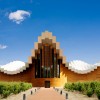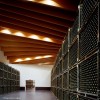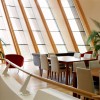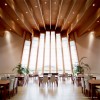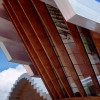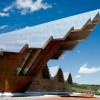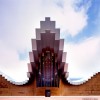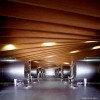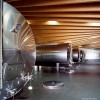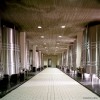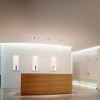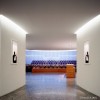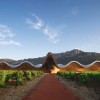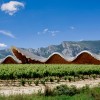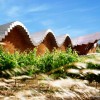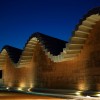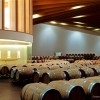Santiago Calatrava's Ysios Bodegas
The word "harmony" may be immensely overused in the architecture world, but it’s difficult to avoid when describing Spanish architect Santiago Calatrava’s creations. While many bask in the glow of his paradoxical designs, some see his projects as nothing short of an architectural attack against harmonic city planning. Regardless, Calatrava’s reputation for structural risk-taking has made him one of the most recognized architects in the world. With a background in architecture and civil engineering, Calatrava is also a sculptor and painter. This artistic combination is evident not just in Ysios Bodegas but in the majority of his projects, which often blend (or clash) the worlds of intricate design with practicability.
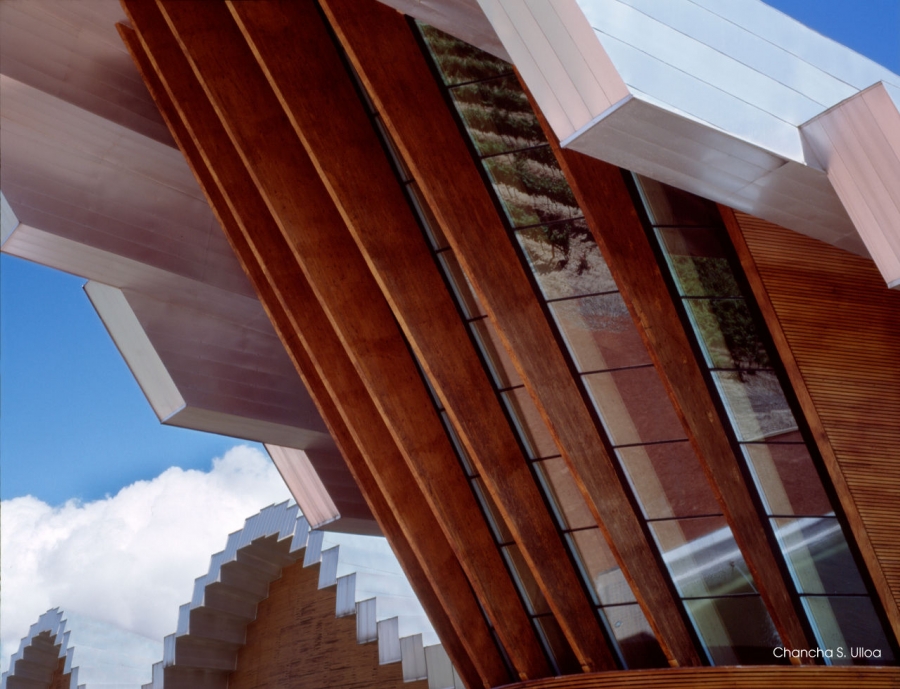
With a large repertoire of architectural successes, Calatrava has a few criticized designs that have given him an infamous aspect. His critics often judge him as a great engineer rather than a talented architect. One of Calatrava's most controversial projects was his 310' (approx. 94 m) steel and glass “lobster bridge” that covers the Gran Canal. It was Venice’s first bridge in 70 years, but safety concerns, an outrageously inflated budget, inaccessibility for the handicapped, and an overall dislike for the futuristic Ponte di Calatrava was enough to force the mayor to cancel the grand inauguration.
However, the Bodegas Ysios in La Rioja Alavesa, Spain, prove the architect’s ability to design buildings that combine continuity and usability.
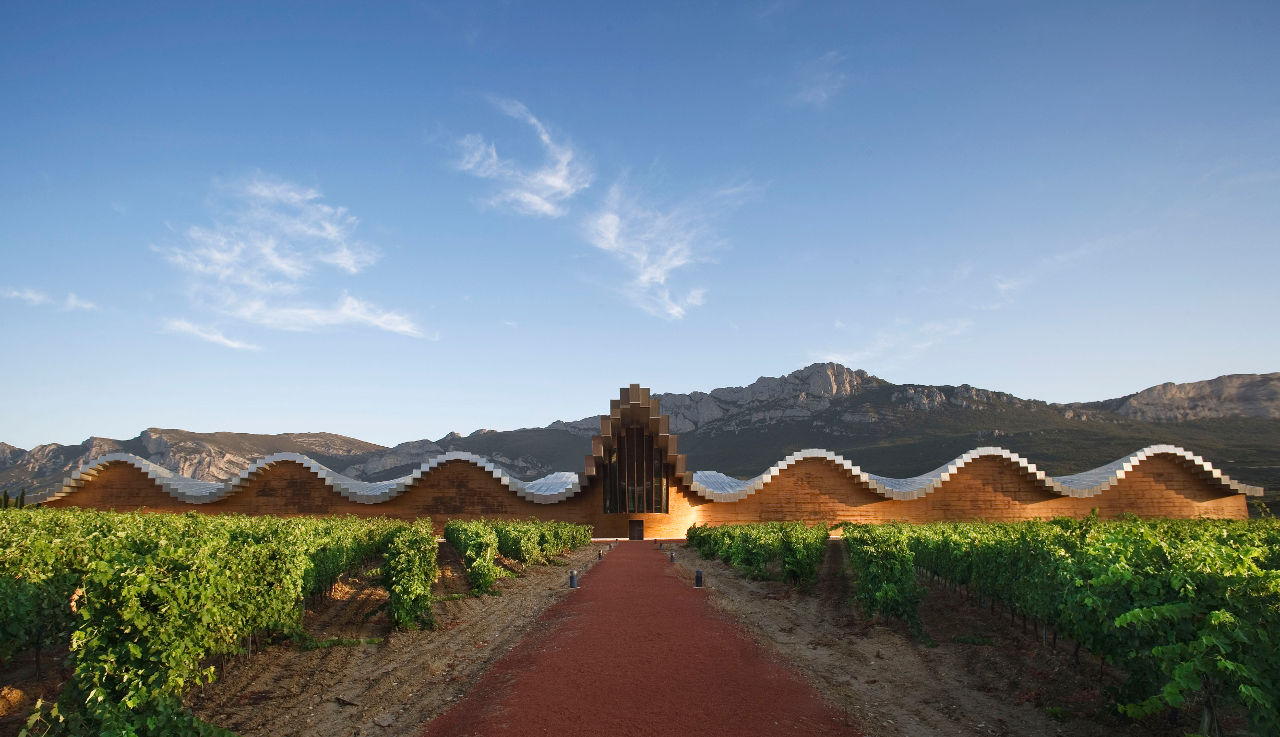
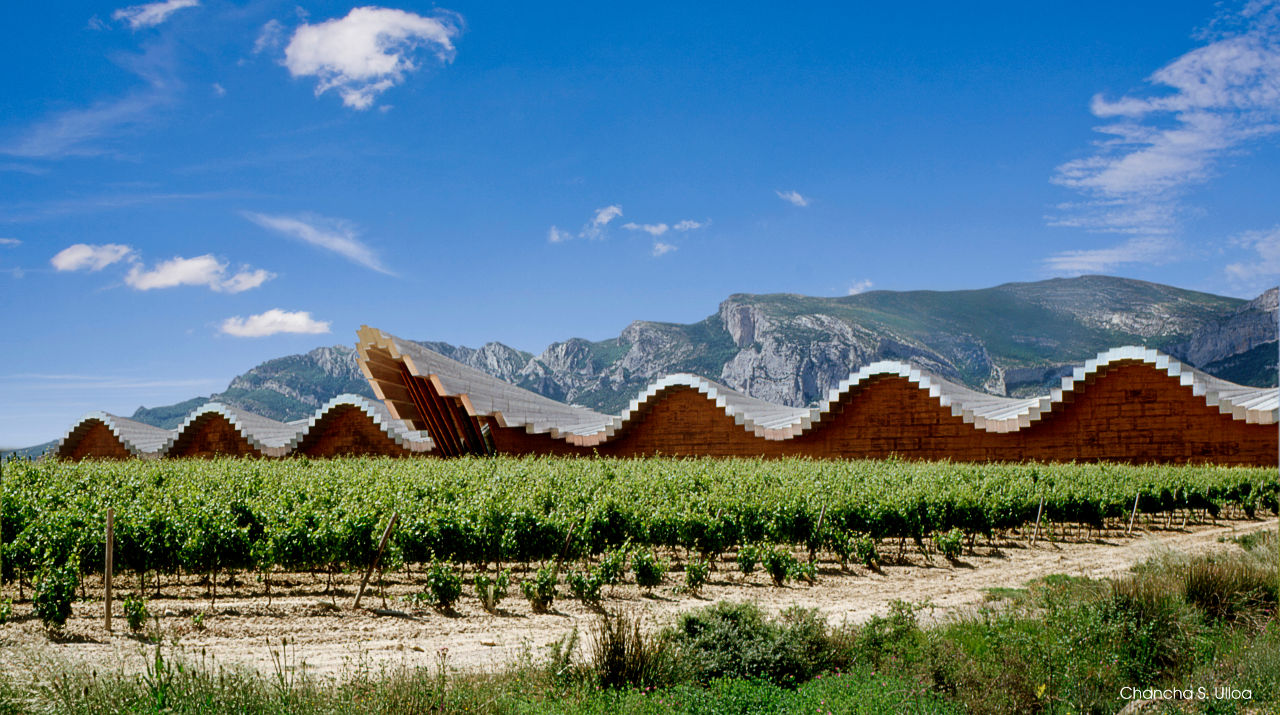
Named for two Egyptian gods, Isis and Osiris, the Ysios Bodega is surrounded by more than 120 acres of vineyards in La Rioja Alavesa region. Gently melding into the mountainous backdrop of the majestic Sierra de Cantabria, the building has become a star attraction among the many avant-garde wineries in the region. It’s a pure Calatrava design –ingenuity and structural mastery seen at its best as the eye wanders from the undulating aluminum roof to the snow-capped peaks in the distance.
A major hurdle for this design was the uneven terrain, which sees dramatic grade changes of almost 32' (approx. 10 m) of difference between the highest levels in the north and the lowest in the south. The design put the uneven terrain to advantage: the static "movement" of the winery captures the essence of the surrounding environment and functions as a working bodega for the award-winning wines of the Bodegas and Bebidas Group.
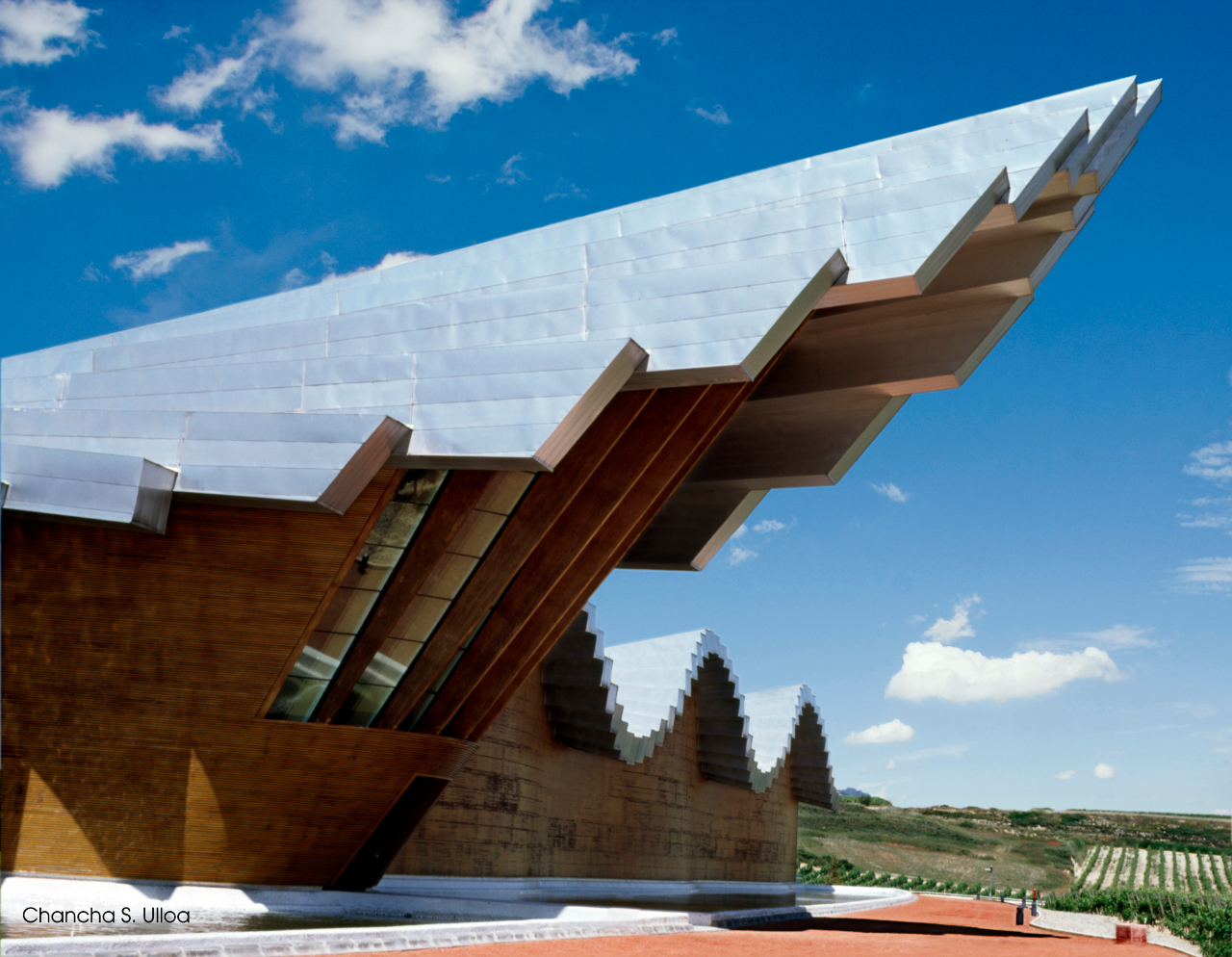
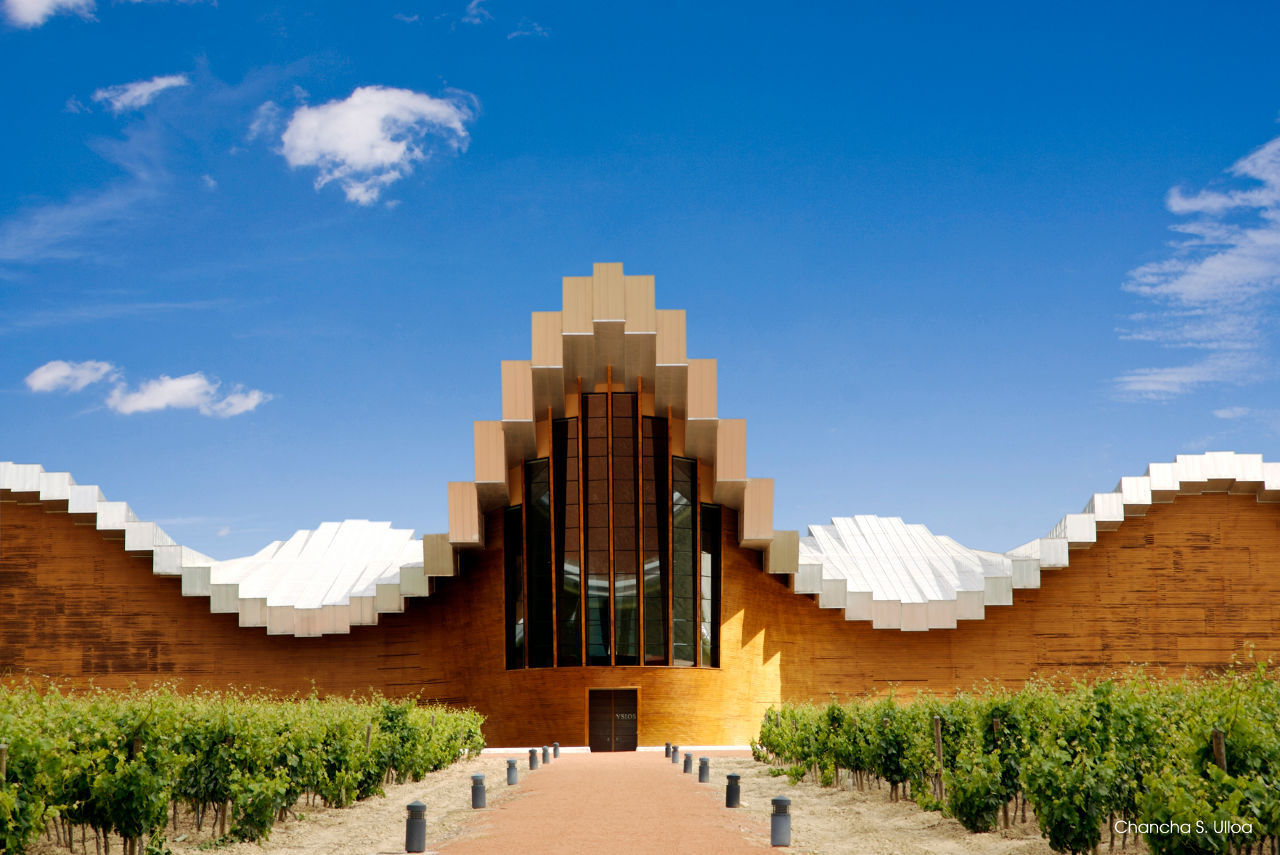
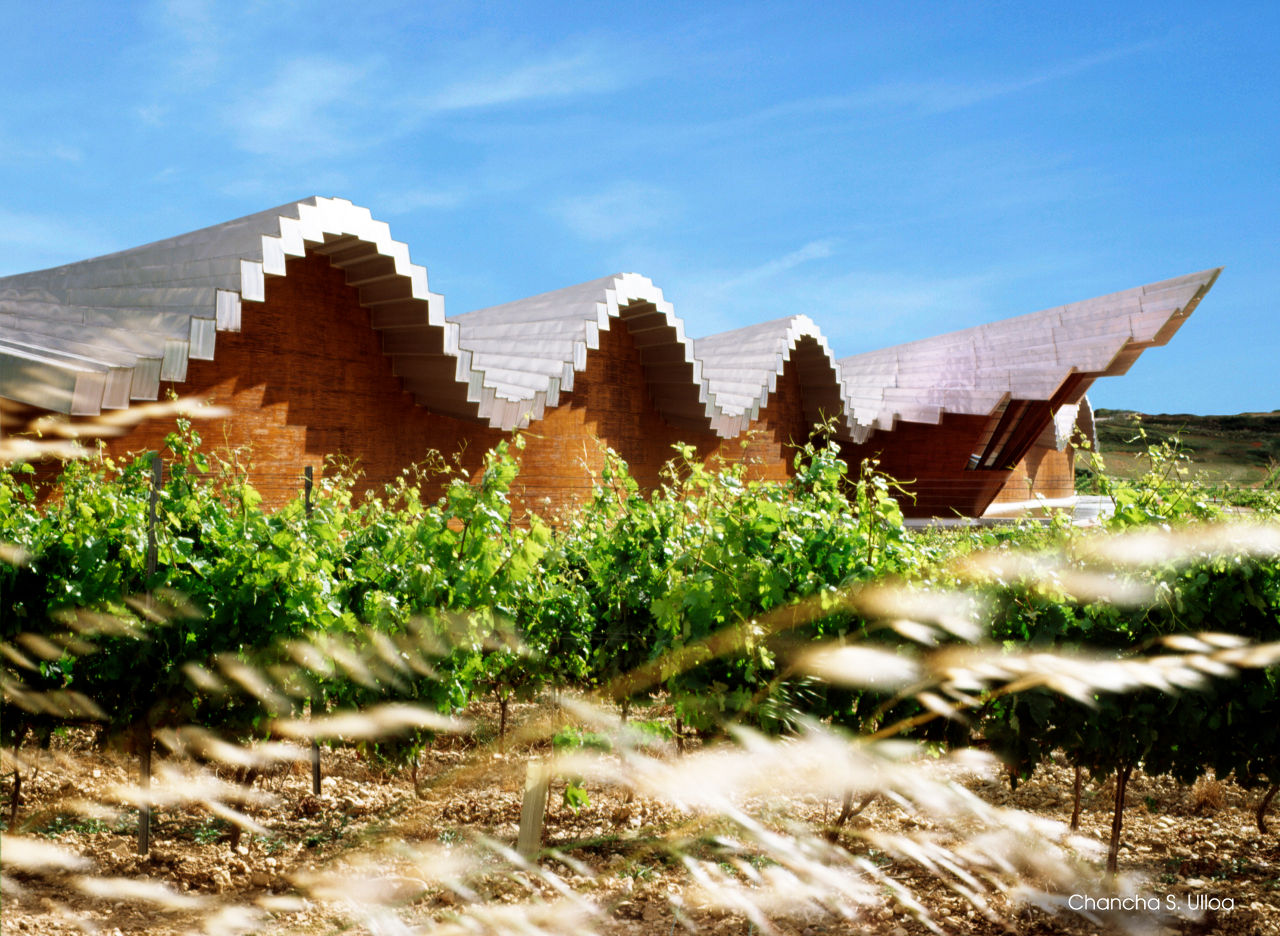
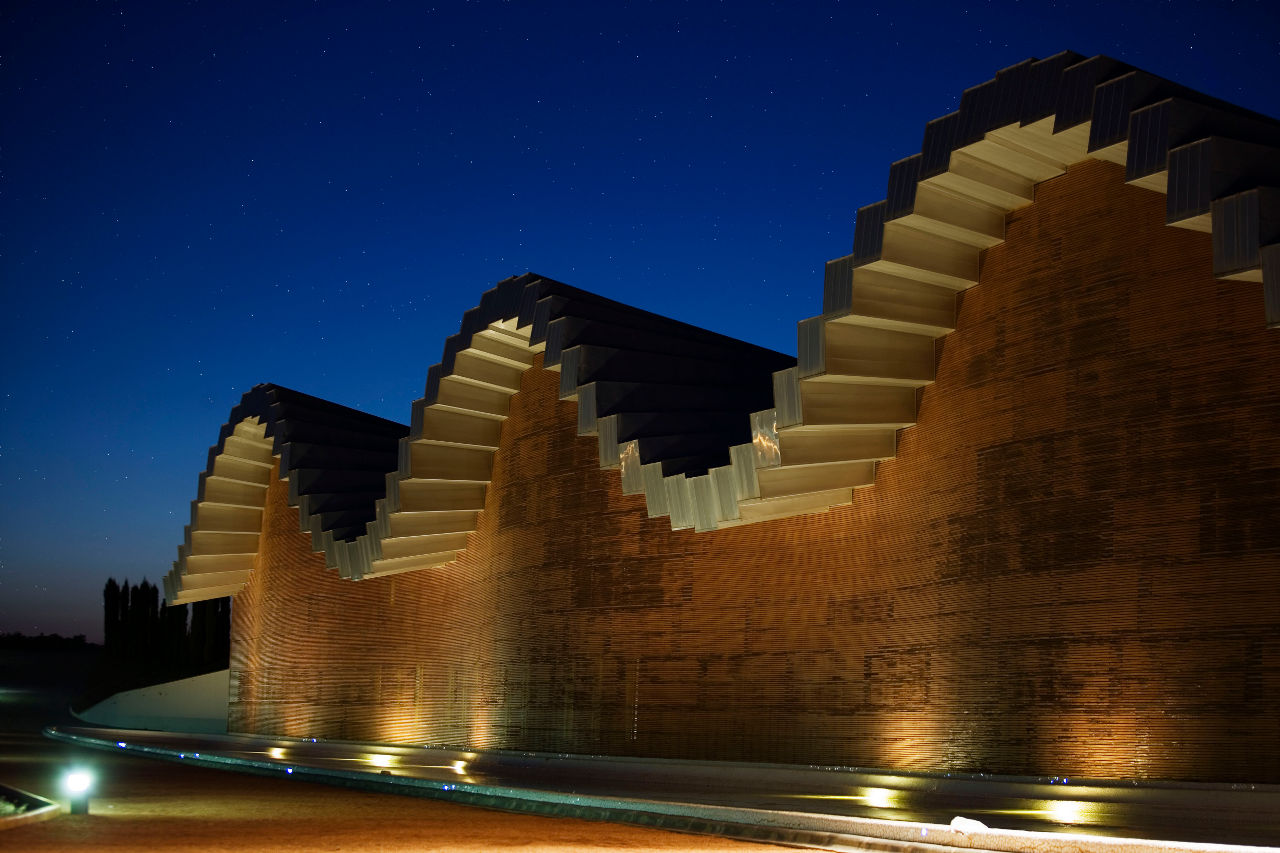
Imagery and reflection are principal characteristics of the Ysios Bodega building. The rolling aluminum roof takes advantage of the unlevel ground while producing a silhouette of stacked wine barrels that run the length of the building. The roof is made of laminated beams that reflect the Spanish sun, creating a snow-covered mirage and again paying homage to the natural backdrop.
Creating a sharp contrast to the metal roof, the rustic facade is constructed of horizontal cedar planks. Two lateral reflecting pools lined with white ceramic tiles create a mirror-like reflection at the foot of the building. An aggressive glass-paneled balcony looms over visitors as they approach the cavernous entrance.
According to the Ysios Bodegas, Calatrava’s mission was to build a “unique, avant-garde winery, conceived as a place of worship." Considering both the spectacular design and functionality of Ysios Bodegas, Calatrava not only produced an avant-garde winery in an idyllic setting, but managed to stifle his critics as well.
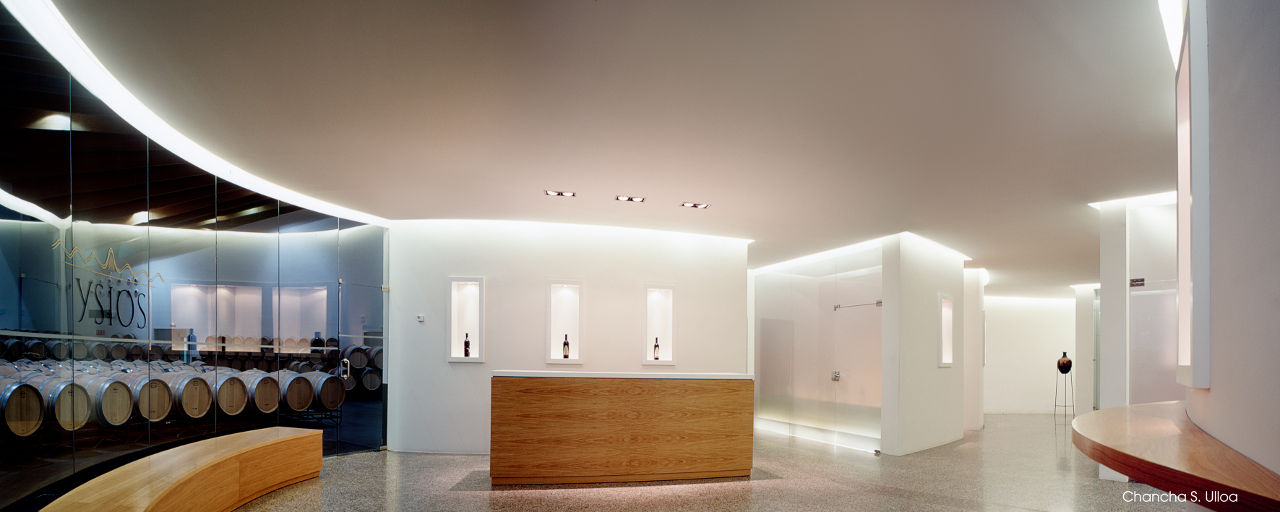
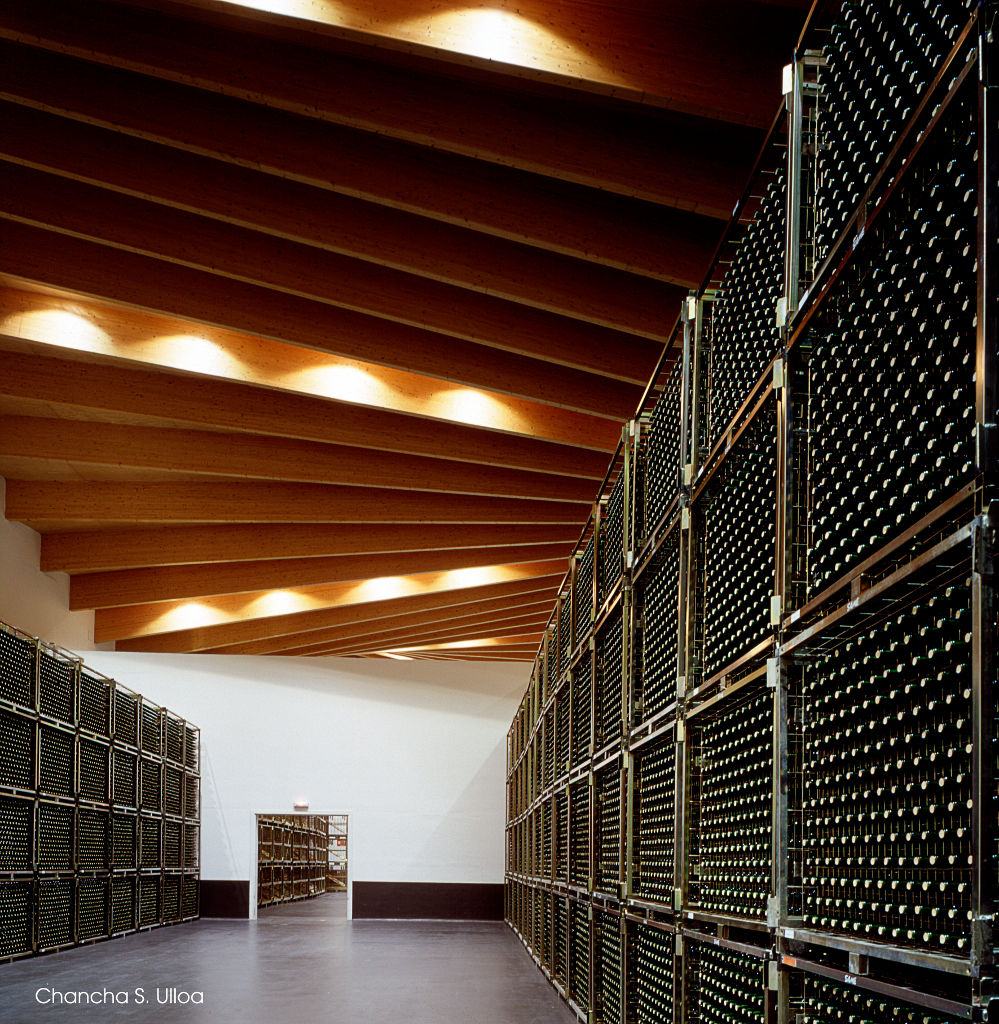
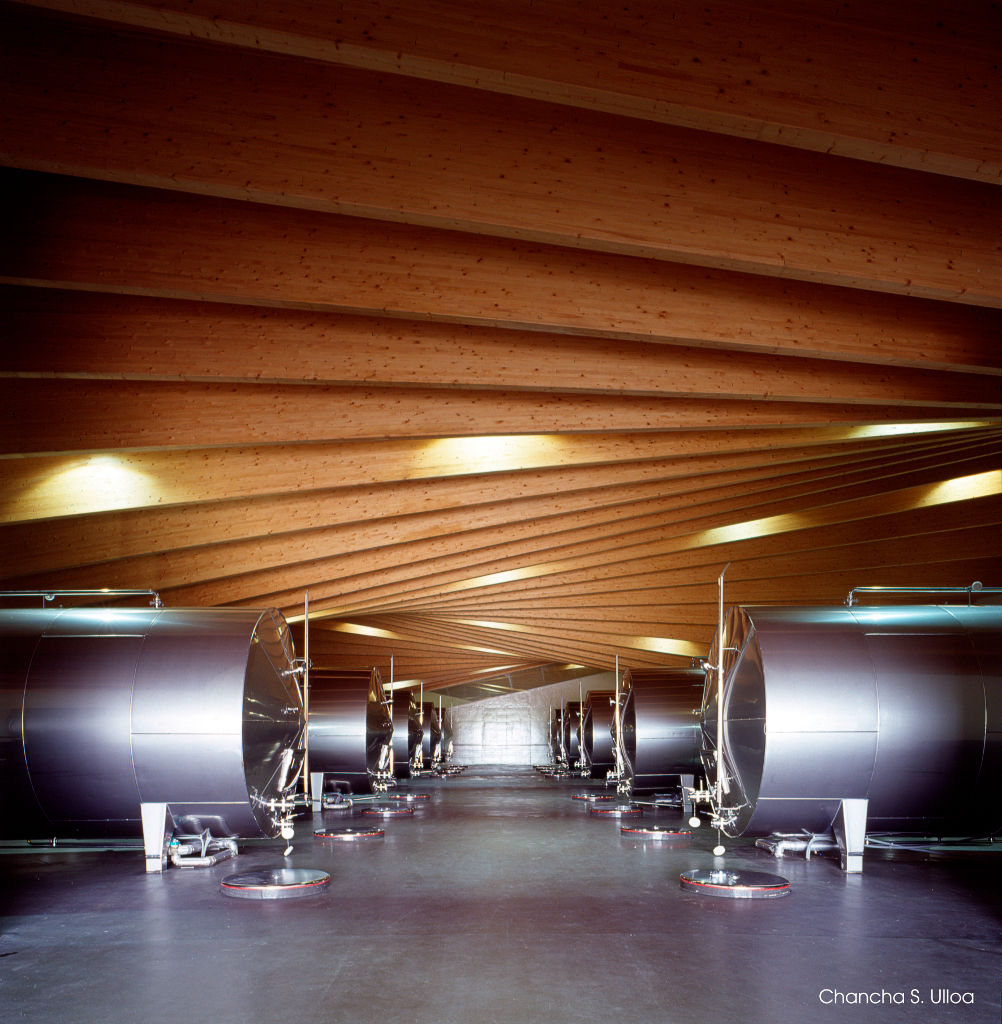
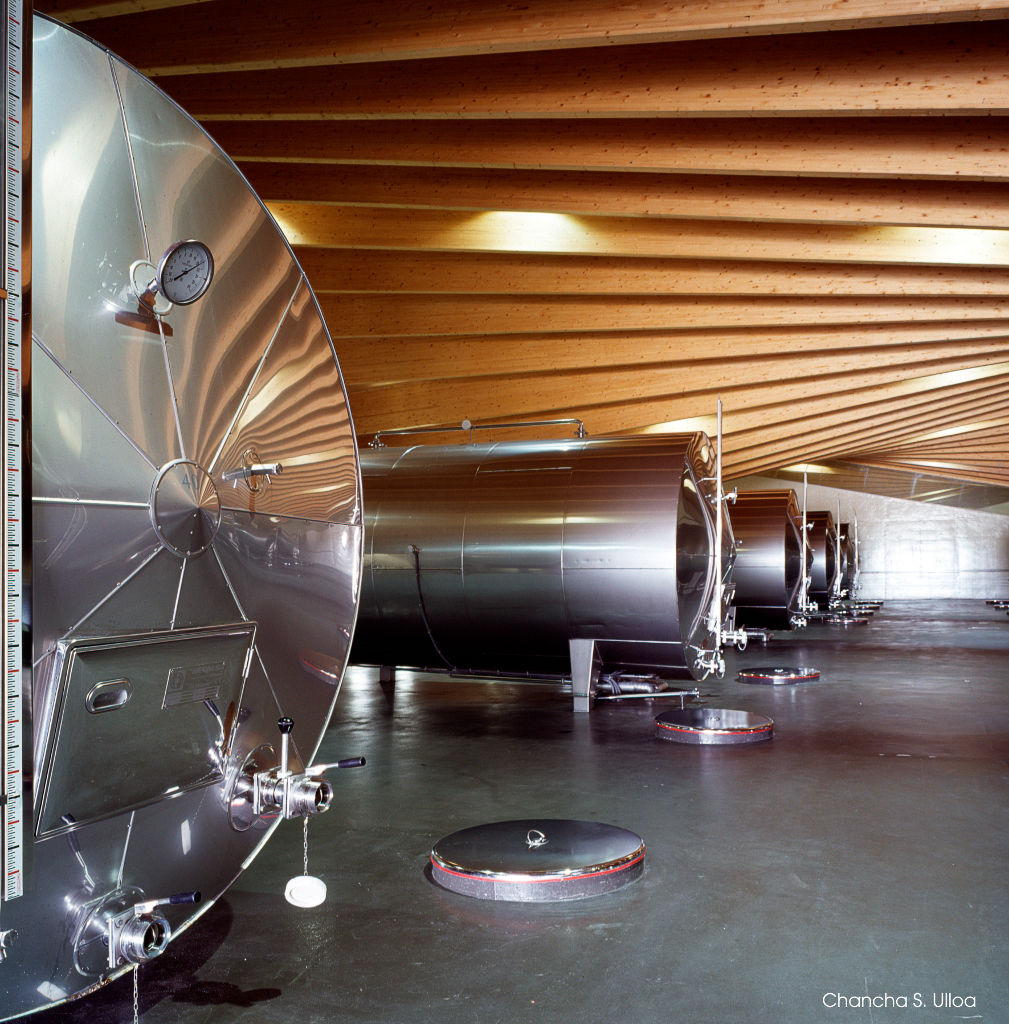

Nicole Jewell
Nicole graduated from Georgia State University with a Post Graduate degree in Spanish to English Translation and a B.A. in Spanish and International Business. Presently living in Madrid, Nicole works as a freelance writer and translator and enjoys traveling around the Iberian peninsula taking photos of Spain's rich blend of historic and modern architecture. Her articles and photos have been published in various trade publications and websites.
Website: www.passtheham.com/
